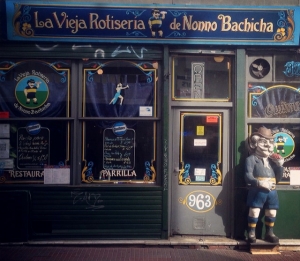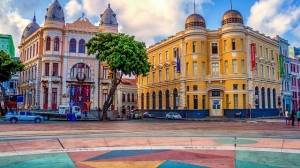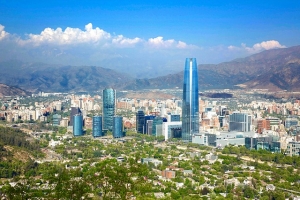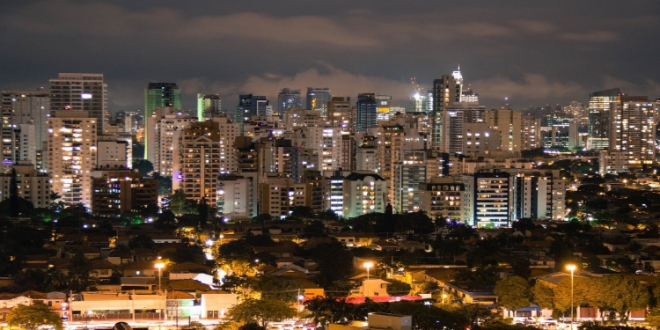By Javier Vallaure, General Manager LATAM at PPRO
Latin America is a continent of contrasts – both culturally and economically. The region comprises countries whose per capita GDP compares favorably with mid-ranking European nations, but also those whose citizens are among the poorest globally.
Despite the wide variation, consumers are buying online in increasing numbers and creating huge opportunities for businesses. But it’s a bit more complicated than simply opening up shop. The opportunities are far from uniform, as seen by e-commerce growth rates. The median rate of B2C e-commerce growth is 22.9%, yet there are outliers: Argentina at 46.9% and Chile at 28.2%.
The growing middle class

Despite regional differences, there are a couple of common demographic and payment trends across Latin America. First is the rapid growth of the middle class. Over half the world’s population, some 3.8 billion people, is now middle class or wealthier. This “marks the start of a new era of a middle-class majority”, according to the Brookings Institution, a public policy organization.
This is significant for e-commerce retailers, as the middle-class drives demand in the global economy. Private household consumption accounts for about half of global demand. Two-thirds of this comes from the middle class, who have more disposable income to spend on retail and tourism. They are also able to weather economic setbacks, such as illness or a spell of unemployment, without falling into poverty.
The rich spend more per person but are too few in number to drive the global economy. Whereas the poor are numerous, they are vulnerable and have too little income to spend. To maintain growth, e-commerce retailers must appeal to the growing middle class with their products, prices, and customer experience. This includes allowing customers to pay for their goods using the payment methods they prefer.
Payment habits in Latin America

A second common theme across all Latin American countries is the low rate of banked consumers. Bank penetration in Uruguay, Brazil, and Chile is between 64% and 74%. That is to say, one-in-three to one-in-four adults in these countries do not have a bank account. In Peru and Colombia, less than half the population (43-46%) is banked.
E-commerce retailers who only accept international credit cards and other bank account-based payment methods stand to lose sales. By offering local payment methods, acquirers and their online merchants can tap into whole markets of new consumers. For example, around 58% of point-of-sale payments in Latin America in 2018 were made in cash, according to the Worldpay Global Payments Report 2018. Meanwhile, 17% of e-commerce payments were cash, according to PPRO’s research.
The e-cash check-out process is more involved but meets the needs of unbanked or underbanked. Customers select a cash-based payment method, such as Boleto Barcário (Brazil), Efecty (Colombia), Pago Fácil (Argentina) or Redpagos (Uruguay). They receive a code to identify their payment and take this to a participating retailer, often a convenience store locally, to pay in cash over the counter. Once the payment is confirmed to the merchant, the goods are shipped or the customer’s account updated (in the case of a service, like a utility bill).
Latin America also has a strong tradition of local credit brands and private label store cards, such as Cencosud (Argentina), CMR Falabella (Chile), Elo and HiperCard (Brazil). However, as more people shop online and e-commerce accounts for a greater proportion of total retail spend, e-wallets, debit cards, and bank transfers will make up a larger share of online payments in the future.
How to make payments easier

Payment habits have developed over time and are formed by various cultural, political, economic and technological factors. They are strongly personal, differing between people and certainly between countries. And, like all businesses, e-commerce retailers need to meet the needs and wants of their customers, not try to re-invent them.
Retailers must be aware of local demographic and payment differences. And take a focused and localized approach to not only by product, price, promotion, and positioning but also payments.
After all, payments sit at the intersection of commerce and finance, between browsing and buying. They play a central role in driving simpler, smarter and more customized experiences.
Yet, it is a catch-22 for merchants. Greater payment customization on the front-end creates greater complexity on the back end. So, the right payment infrastructure is essential to driving customer-centric commerce. While acquirers and payment service providers differentiate their offering through the front-end customer experience, the need for local payment expertise and a centralized, value-adding payments hub has never been greater.

About Javier Vallaure
Javier Vallaure is the head of PPRO operations in LATAM, overseeing all the teams and processes required to provide the best local-payment platform in the region. Before the acquisition by PPRO, Javier was Co-Founder and Chief Operations Officer at allpago. He was one of the driving forces behind the company’s expansion throughout Latin America.
About PPRO
PPRO enables digital payment processing on a global scale, spanning the entire payments value chain: acquiring, processing, collection, and settlement. PPRO acts as a B2B payment hub, connecting PSPs and other merchant aggregators, such as acquirers and processors, with hundreds of local payment methods. In mid-2019, PPRO acquired allpago, the pre-eminent provider of payment and gateway services in Latin America, covering 90% of the market.








LET’S CONNECT